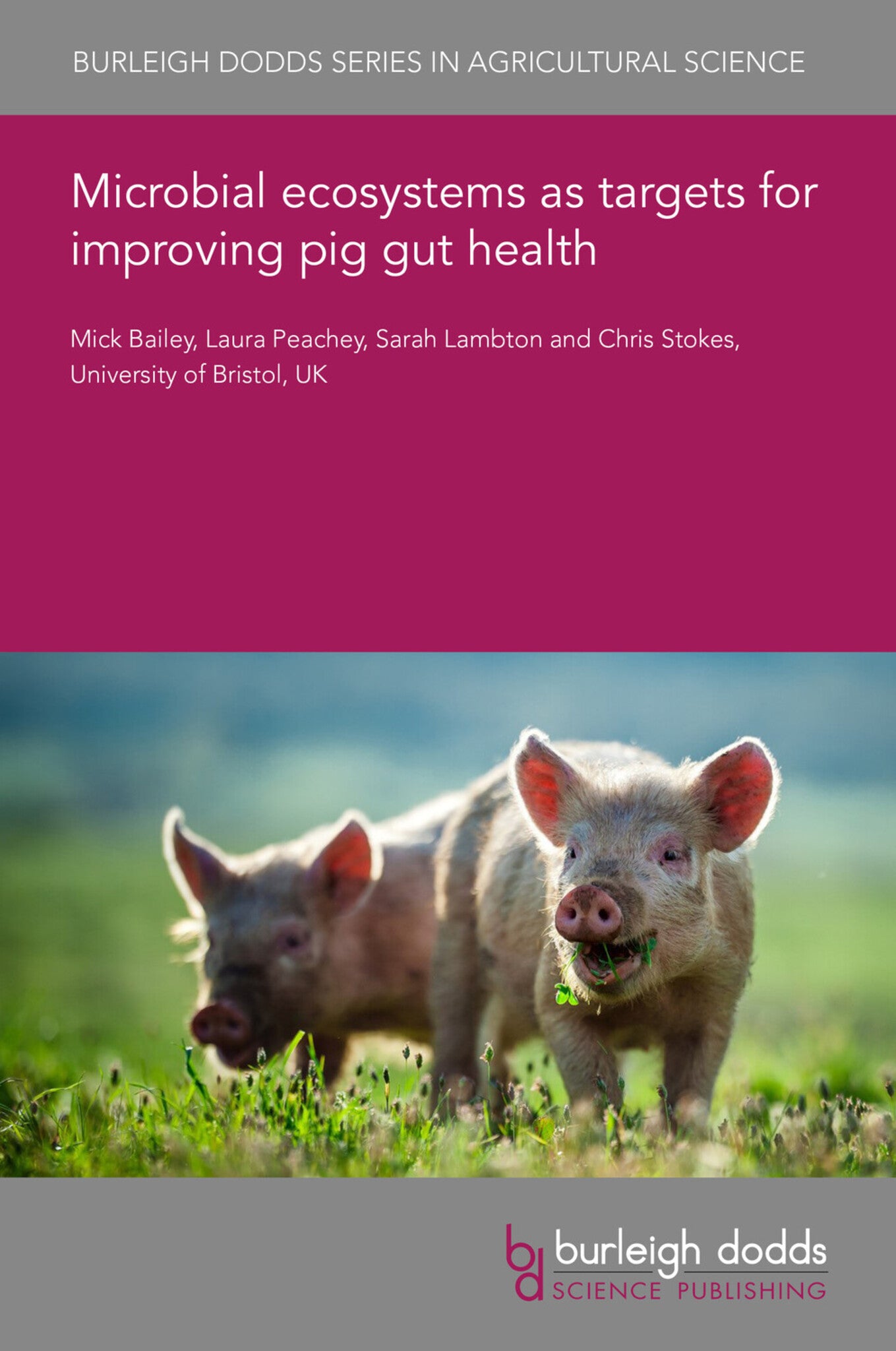We're sorry. An error has occurred
Please cancel or retry.
Microbial ecosystems as targets for improving pig gut health
Regular price
£25.00
Sale price
£25.00
Regular price
£25.00
Unit price
/
per
Sale
Sold out
Re-stocking soon
To date, our understanding of the organisms which constitute the microbiomes of humans and our domesticated species has been limited by the technologies available to study them. Progress from cultu...
Read More

Some error occured while loading the Quick View. Please close the Quick View and try reloading the page.
Couldn't load pickup availability
- Format:
-
10 January 2022

To date, our understanding of the organisms which constitute the microbiomes of humans and our domesticated species has been limited by the technologies available to study them. Progress from culture to species-based DNA approaches has allowed us to appreciate the scale of animal microbiomes and the changes which can occur over time and space. However, in order to design and validate rational approaches to manipulating microbiomes to optimise health, welfare and productivity, we need to begin to understand them as ecosystems, in which the host and a complex mixture of micro-organisms are continuously engaged both in co-operation to produce resources from food and in competition for those resources. The application of ecological principles can guide this understanding, but we need to validate the concepts we use, since they may not all be as applicable as they might seem.

Price: £25.00
Publisher: Burleigh Dodds Science Publishing
Imprint: Burleigh Dodds Science Publishing
Series: Burleigh Dodds Series in Agricultural Science
Publication Date:
10 January 2022
ISBN: 9781801463614
Format: eBook
BISACs:
TECHNOLOGY & ENGINEERING / Agriculture / Animal Husbandry, Animal husbandry, TECHNOLOGY & ENGINEERING / Agriculture / Sustainable Agriculture, Sustainable agriculture, Agricultural science

1 Introduction 2 Increasing complexity: gut bacteria as ecosystems 3 The role of the host in modulating and responding to microbial ecosystems 4 Assessing microbial ecosystems 5 What will we need for the future of pig production? 6 Conclusions 7 Where to look for further information 8 References



